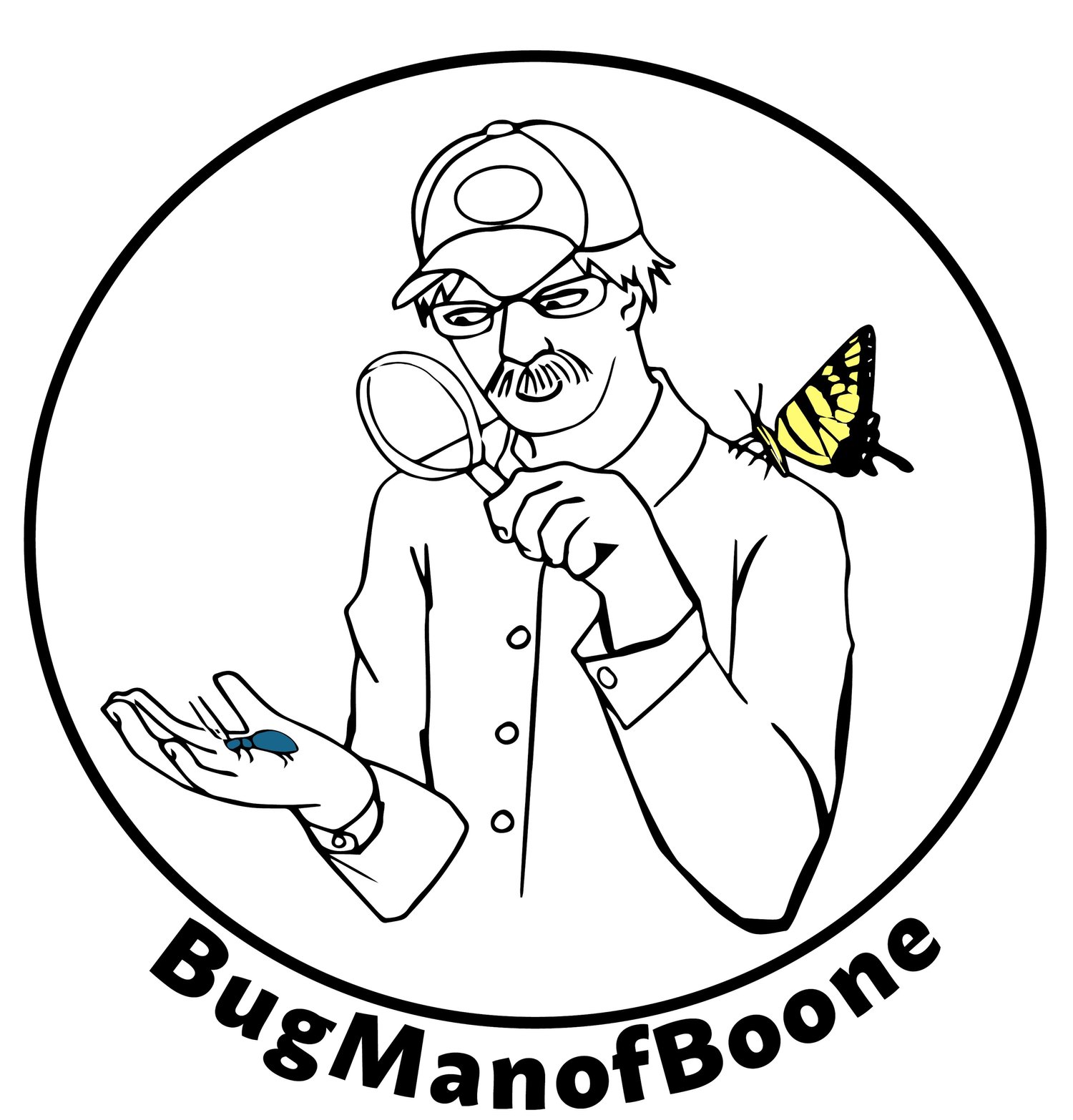The “other insect pollinators
As spring comes to the High Country, beautiful flowering plants emerging from their winter slumber is a welcome site. With the spring we also see pollinating insects hard at work. While some pollinators are familiar, like the busy honey bee, impressively large bumble bee, and beautiful butterfly, many important insect pollinators go unnoticed. Let's take a look at some easily overlooked but very important insects that pollinate our flowers and also examine ways to conserve our vital insect pollinators.
Photo credit: Julie Ragsdale
Insects are the most important animal pollinators for flowering plants because there are so many different insect species, they are so plentiful, almost all can fly, and they have excellent vision and sense of smell to locate flowers. While the larger pollinators are obvious, many go unnoticed due to their small size. A good example are small flies, insects with two wings instead of four, that at first glance look like a small bee. These Syrphids (their common name comes from the taxonomic name of this fly Family) are important pollinators due to the number of species and the diligent work ethic they possess. The yellow and black-striped body of the harmless non-stinging Syrphids provide them protection from predators, since because of their coloration they resemble stinging bees and wasps. Another overlooked pollinator is beetles. While they are perhaps are not as efficient as bees, these insects also play an important role as pollinators for many flowering plants and may be seen slowly crawling from flower to flower.
Syrphid fly. Photo credit: Whitney Cranshaw, Colorado State University
Perhaps the most unnoticed and unappreciated insect pollinators are the solitary bees. Unlike the social honey and bumble bee, which live in large colonies and serve a common queen bee, solitary bees have a reproductive female that provides their young with food in individual nests. A good example is the digger bee, where a nest made by a single female may appear as a small dirt spot or mound in your yard. Other solitary bees make a more sophisticated nest, with an especially interesting one being the mason bee.
Adult mason bees emerge from their winter dormancy early in the spring, and very soon after their mated females seek a nest site in a crevice or cavity. This could be in hollow plant stems from the previous year’s growth, or within a crevice made by a burrowing beetle. The best way to imagine the nest building process of the female mason bee is to think of the nest as a wide soda straw. The busy female collects pollen and nectar from flowers and rolls it into a ball. She then places the ball in the bottom of the "straw" and lays a single egg on top of it. The bee then "caps" the small space (cell) the egg lies in with a mud plug- hence the common name mason bee. Another pollen, nectar ball and egg is then added to the next cell in line as she moves up the cylindrical nest. The process is repeated until she has filled the cavity, capped with mud. Then the industrious female may build another nest.
When her work is finally done the female mason bee dies. Her eggs hatch in a few weeks and the hungry young (larva) snug within their cell consume the food provided. Once this stage of the lifecycle is complete, each larva develops into a pupa that transforms by late summer into an adult, which spends the winter in a dormant state within a brown cocoon. Adults emerge the next spring to complete the cycle. Though largely unnoticed by us, these solitary bees are better pollinators than honeybees. Because of this, mason bees play an important pollinating role for many flowering plants in our area.
Mason bee (Osmia sp.). Photo credit: Joseph Berger, Bugwood.com
There is great concern among scientists and those in agriculture about the declining number of insect pollinators worldwide, especially solitary bees. But there are ways you can support these vitally important insects in the High Country. First, consider leaving native flowering plant species that you consider "weeds" on your property, since they often provide important sources of pollen and nectar for many pollinators. Second, plant pollinator-friendly flower species that are especially good for bees. Good information on appropriate plants for our area can be found at https://www.xerces.org/publications/plant-lists/native-plants-for-pollinators-and-beneficial-insects-mid-atlantic. Third, wait until spring to remove the dead erect plant stems from last year’s perennials (consider leaving some!) since they may provide habitat for cavity nesting solitary bees. And finally, try to provide nesting habitat for species like mason bees. Many companies sell attractive bee houses used by these interesting pollinators if you can't find them at the farmer’s market. Good information about setting up and maintaining the boxes may be found searching YouTube for mason bee care. Providing a bee house gives your flowering plants great pollinating friends and aid in the conservation of our vital insect pollinators.
Mason bee house. Photo credit: Ray Williams
Sources:
Orchard pollination: Solitary (Mason) Bees
Penn State Extension
https://extension.psu.edu/orchard-pollination-solitary-mason-bees




